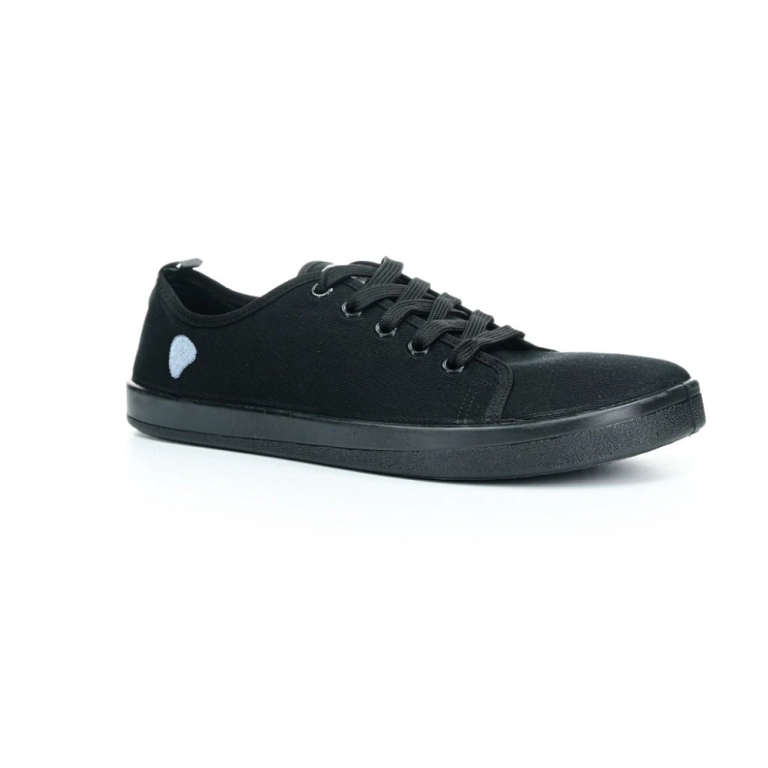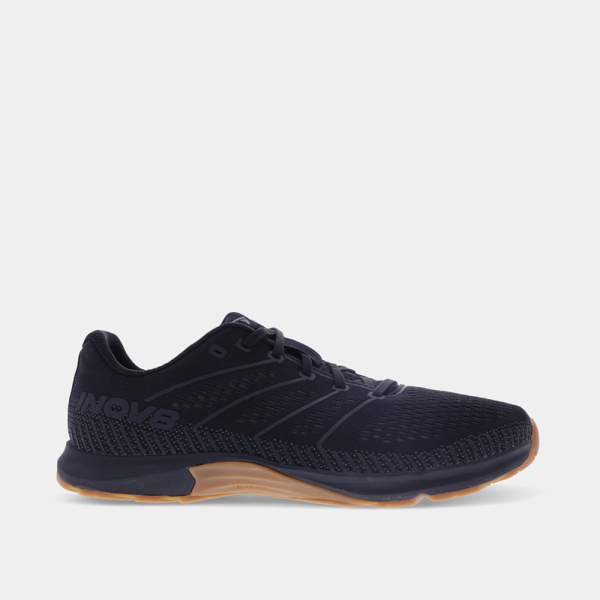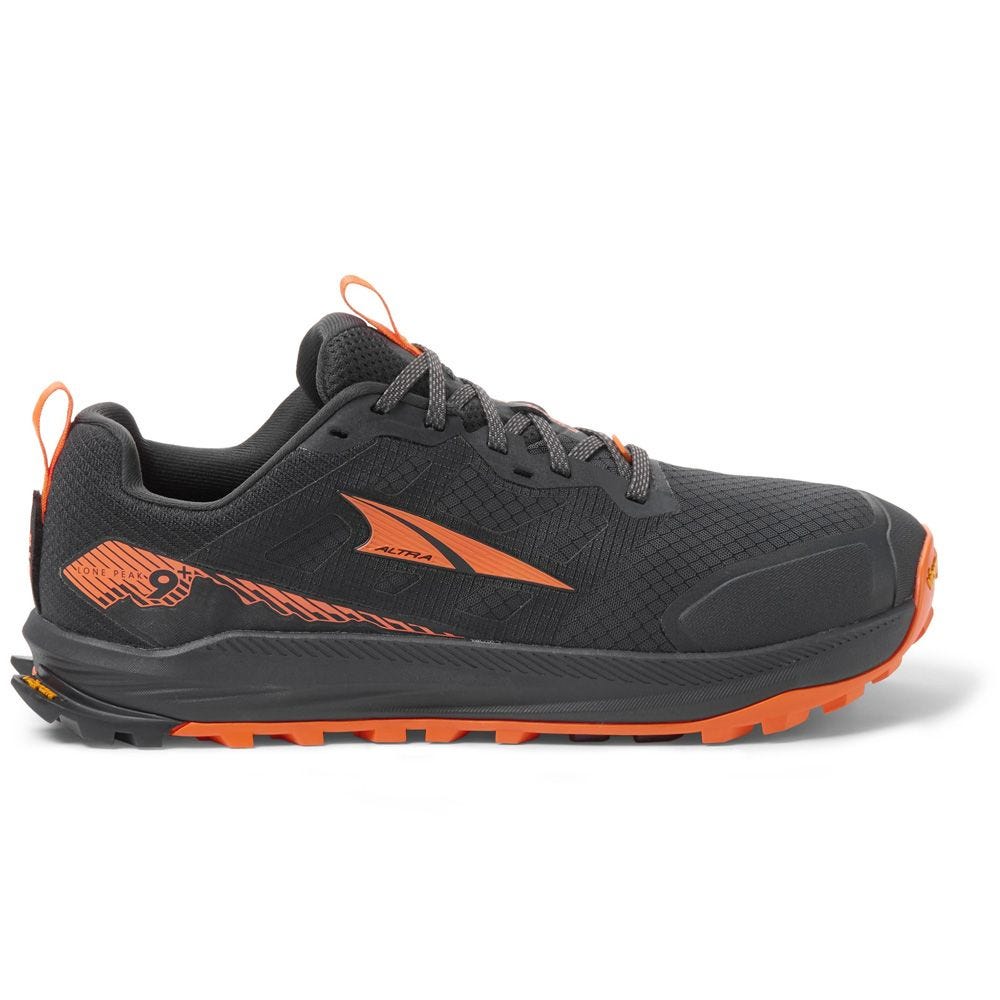
Hiking Running Shoes: Top Features to Look for in Your Next Pair
Hiking running shoes are essential gear for anyone who enjoys outdoor adventures. They combine comfort and support needed for running with the ruggedness required for hiking. As you search for your next pair, it’s crucial to understand what features will enhance your outdoor experiences and enable you to tackle various terrains effortlessly. This article highlights the top features to consider when selecting hiking running shoes to ensure you make a well-informed choice.
Comfort and Fit
Proper sizing is one of the most fundamental yet crucial aspects of hiking running shoes. A good fit prevents blisters, discomfort, and potential injuries. Measure both feet since they might not be the same size; too often, we select shoes based on our smaller foot. Try shoes on in the afternoon or evening when your feet are slightly swollen to better replicate the conditions you’ll experience while hiking. Additionally, the shoes should feel snug but not restrictive; you should be able to wiggle your toes slightly. Pay attention to the shoe’s heel, as it should hold your foot securely without slipping.
Adequate arch support is another aspect that significantly affects comfort and stability. Everyone has a different foot shape, and the arch may be low, neutral, or high. Some shoes come with built-in arch support tailored for specific foot types, while others may require aftermarket insoles. Testing for proper arch support is crucial, especially if you plan to hike long distances. The right support can help distribute your weight evenly and reduce foot fatigue over time, enhancing your overall hiking experience.
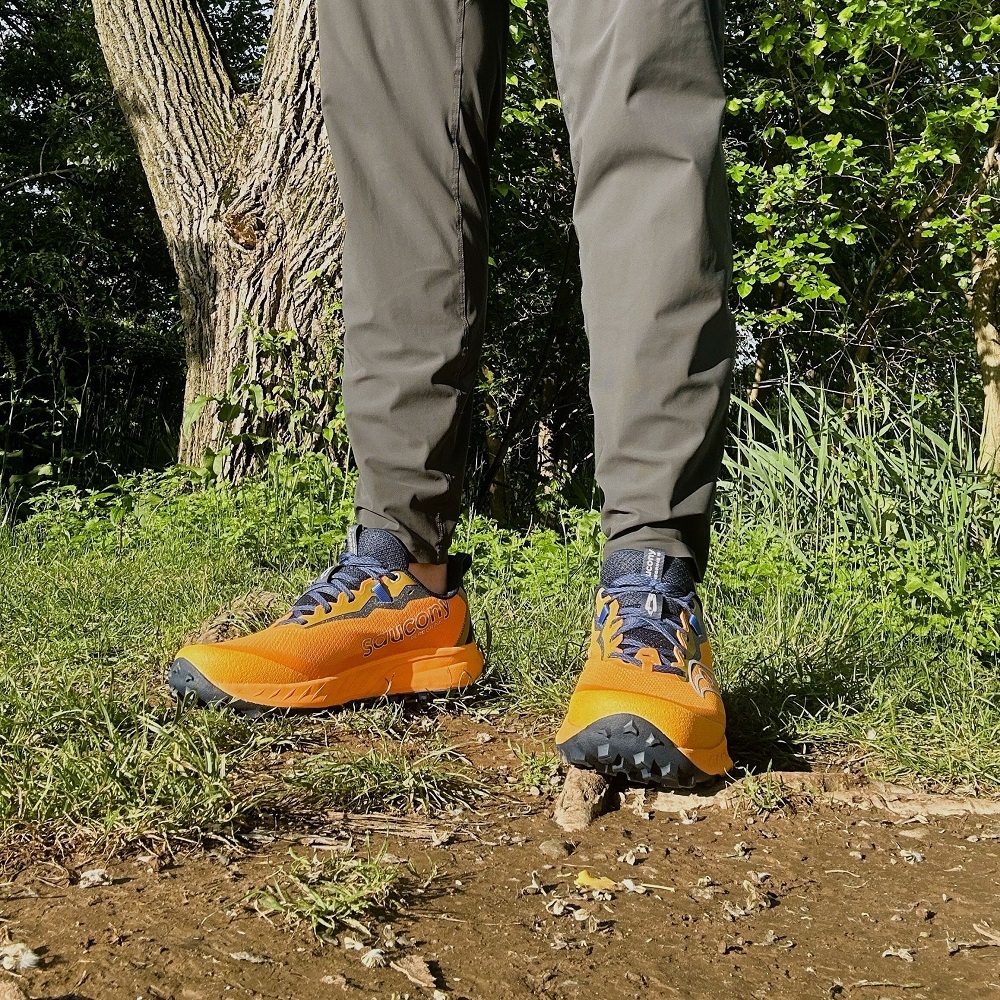
Traction and Outsole Material
When hiking on varied terrain, traction is essential to ensuring your safety and comfort. Shoes with a well-designed outsole offer better grip on slippery or uneven surfaces. Examine the tread pattern of the outsole; deep lugs enhance traction on soft ground like mud and loose gravel, while shallower lugs are effective on harder surfaces. The placement of these lugs is equally important; strategically arranged lugs can provide better grip in various conditions.
Outsole materials also influence traction and durability. Rubber is the most commonly used material due to its flexibility and high friction properties. Look for outsoles made from high-quality rubber compounds, as these usually hold up better over time and through different weather conditions. Some manufacturers also incorporate specific technologies to improve grip, allowing the shoe to excel in both wet and dry environments. Hence, consider doing a brief test walk in the store to assess traction before making a final decision.
Weight of the Shoes
The weight of hiking running shoes can significantly affect your performance. Heavy shoes can lead to fatigue, especially during long hikes, as each step becomes more laborious. Lightweight shoes allow your feet to move more freely and quickly, providing you with an edge whether you’re hiking up steep inclines or running through trails. They can make a substantial difference, particularly for activities that involve both running and hiking.
If you’re an avid hiker covering long distances or planning to carry a heavy backpack, exploring ultralight options may be beneficial. These shoes minimize weight while still offering adequate support. However, you should be mindful that lightweight often means softer cushioning and lesser durability. Therefore, ensure you weigh your options and determine how much weight savings are worth any potential sacrifices in comfort and longevity.
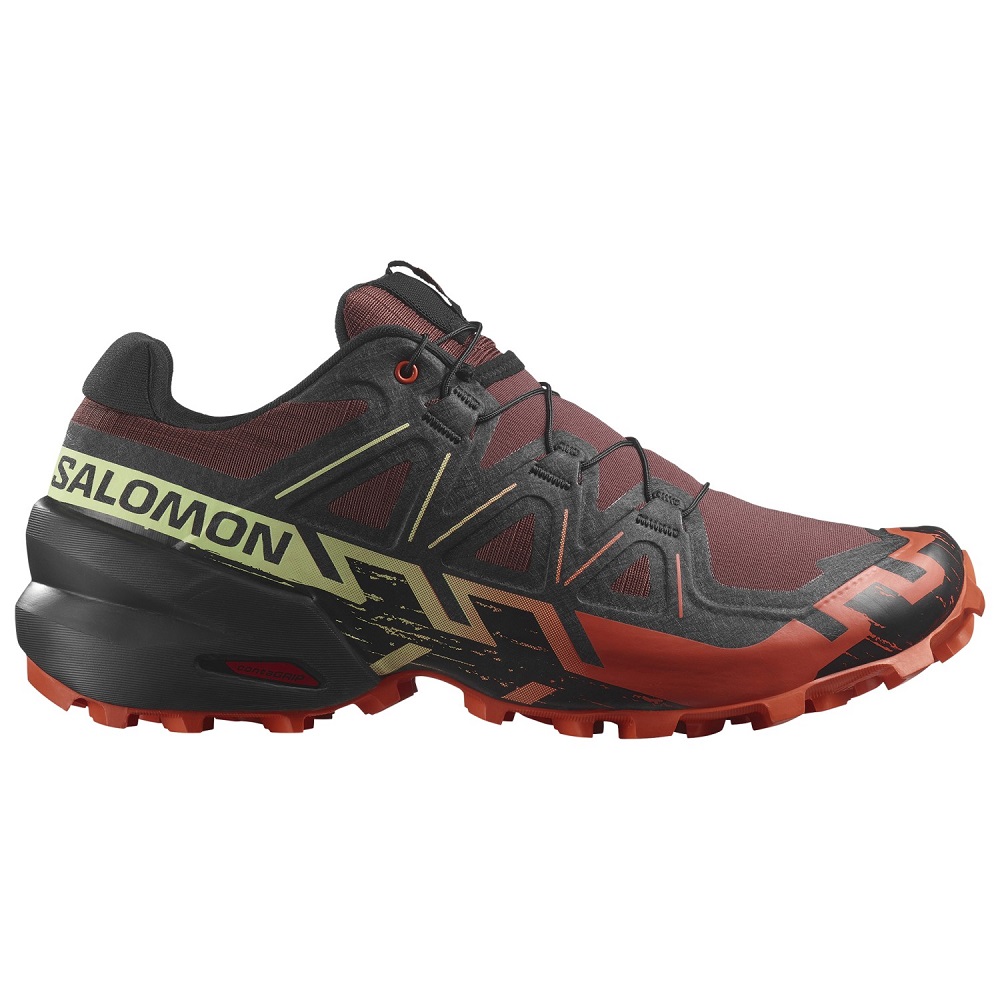
Cushioning and Shock Absorption
Cushioning is another vital feature of hiking running shoes. Proper cushioning helps absorb shock and reduces the impact on your joints. This is particularly important for those who frequently hike downhill or run on rugged terrain. Look for shoes that have ample foam padding and shock-absorbing technologies.
It’s worth noting that the level of cushioning often depends on the terrain you plan to hike. For smoother, well-maintained trails, you might prefer a lighter cushioning option. However, for rocky or uneven terrains, more cushioning can offer the necessary support and protection. Additionally, some shoes come with customizable cushioning systems, allowing you to adjust the level of support based on your preferences. If you have specific requirements due to previous injuries or comfort preferences, consider these customizable options for a more tailored experience.
Breathability and Moisture Management
Hiking can expose you to various weather conditions, making breathability in shoes a key feature for keeping your feet dry and comfortable. Breathable materials like mesh allow better airflow, which helps regulate temperature and reduces moisture buildup. Chafing and blisters are far more likely when your feet are sweaty and confined.
Many shoe options now include moisture-wicking linings, which are designed to draw sweat away from your feet. These features can enhance comfort during hot hikes or strenuous climbs, preventing an uncomfortable environment inside your shoes. Moreover, some brands use technologies that promote breathability without compromising durability. Ensuring that your shoes keep your feet dry can significantly enhance your overall hiking experience, allowing you to stay focused on the trail instead of worrying about discomfort.
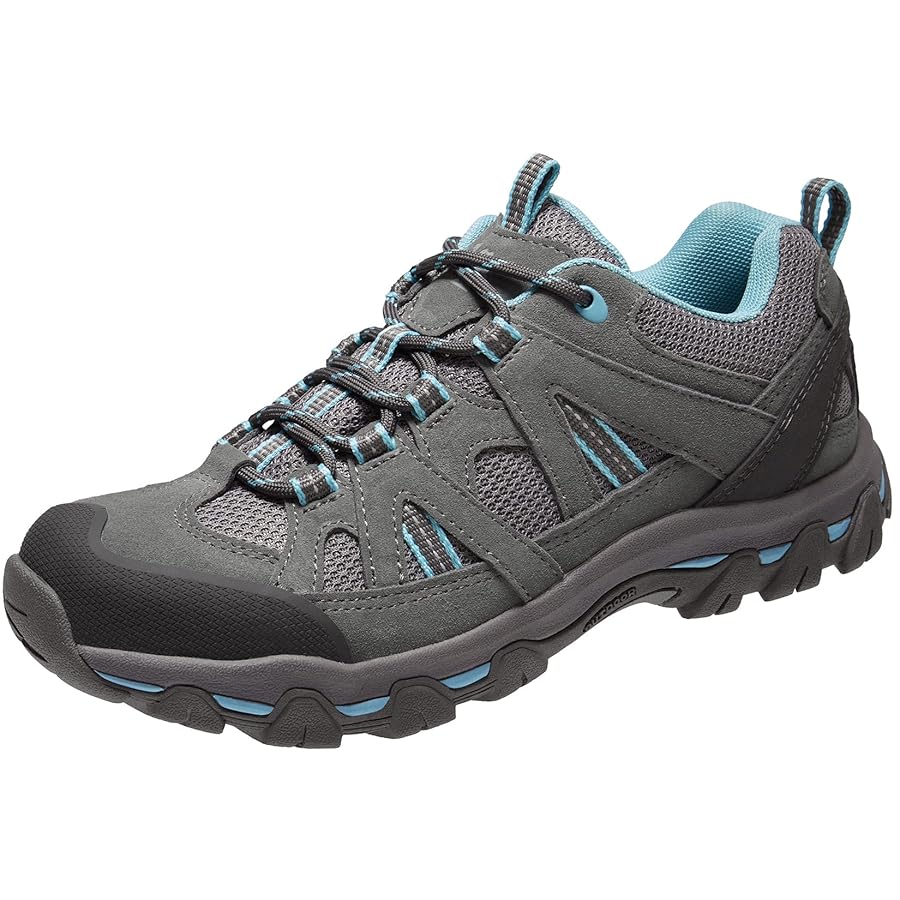
Waterproof Features
While breathability is crucial, waterproofing may be necessary, especially when hiking in wet or muddy conditions. Waterproof hiking shoes often come with special membranes that prevent water from entering while still allowing moisture to escape. This feature not only keeps your feet dry but also helps maintain warmth during cold weather hikes.
When selecting waterproof hiking shoes, it’s wise to research their effectiveness thoroughly. Check customer reviews or look for professional testing results that assess waterproofing claims. Knowing that your shoes can withstand unpredictable weather gives you peace of mind during your outdoor adventures, allowing you to confidently tackle various terrains without worrying about soggy socks or cold feet.
Ankle Support
In addition to comfort and materials, the height of the shoe can make a significant difference in ankle support. Options range from low, mid, to high-cut shoes, each offering different levels of support. Low-cut shoes provide freedom of movement and are typically lighter, making them suitable for brisk hikes and running. However, they offer limited ankle support, which may leave you vulnerable to twists or strains on rocky paths.
High-cut shoes, conversely, provide excellent ankle support and can reduce the risk of injuries on more challenging trails. They are an ideal choice for those navigating rugged terrains where ankle stability is critical. If you often hike in such conditions, choosing a higher shoe can make a significant difference. As always, assess your hiking patterns and select a shoe that fits your specific needs.

Durability and Materials
Durability is a key factor when selecting hiking running shoes, as the right materials will ensure they withstand the rigors of outdoor adventures. Look for shoes made of high-quality materials that can endure rough conditions and diverse terrains. Synthetic materials are popular for their lightweight characteristics and durability, while leather options can provide added protection and longevity.
It is essential to examine the stitching and overall build quality, as shoes with reinforced seams typically offer better durability. If your hiking journeys frequently take you over rocky trails or through thick underbrush, look for shoes that incorporate protective overlays to enhance strength. Investing in a durable pair not only offers peace of mind but can also save you money in the long run by reducing the frequency of replacements.
Flexibility and Range of Motion
Flexibility in hiking shoes is another vital feature that impacts comfort and performance. Shoes that offer adequate flexibility allow for a more natural stride, which is crucial when traversing uneven terrain. A shoe that bends properly at the forefoot can help you maintain balance and stability, especially during downhill stretches.
When trying on shoes, take a moment to bend them gently and check their flexibility. A suitable shoe should offer enough movement without compromising structure and support. This balance is vital for an enjoyable hiking experience, helping you stride confidently and comfortably over a variety of landscapes.
Style and Aesthetics
While functionality should be the priority when choosing hiking running shoes, don’t overlook their aesthetic appeal. A shoe that you find visually appealing will motivate you to wear it more often. Many brands now offer a wide range of designs and colors, allowing you to find footwear that matches your personal style while also meeting functional needs.
However, ensure that the shoe’s stylish appearance does not compromise its foundational features, such as support and durability. A good-looking shoe is only beneficial if it is able to perform well on the trails. Therefore, prioritize both functionality and aesthetic appeal to not only look good but also enjoy optimal performance during your outdoor excursions.
Price and Value
Price is always a consideration when purchasing hiking running shoes. Setting a budget allows you to focus your search on shoes that meet your needs without overspending. However, remember that a higher price often correlates with improved quality and durability. Instead of automatically opting for the cheapest option, it may be wise to consider the long-term value of a quality shoe.
When you find shoes that fit your budget and meet your specific requirements, think about your hiking frequency and intensity. If you are committed to regular hiking, investing in a quality pair may save you money in the long run by negating the need for frequent replacements. Strive to find the best balance between price and features, ensuring that your chosen shoes provide exceptional value for your investment.
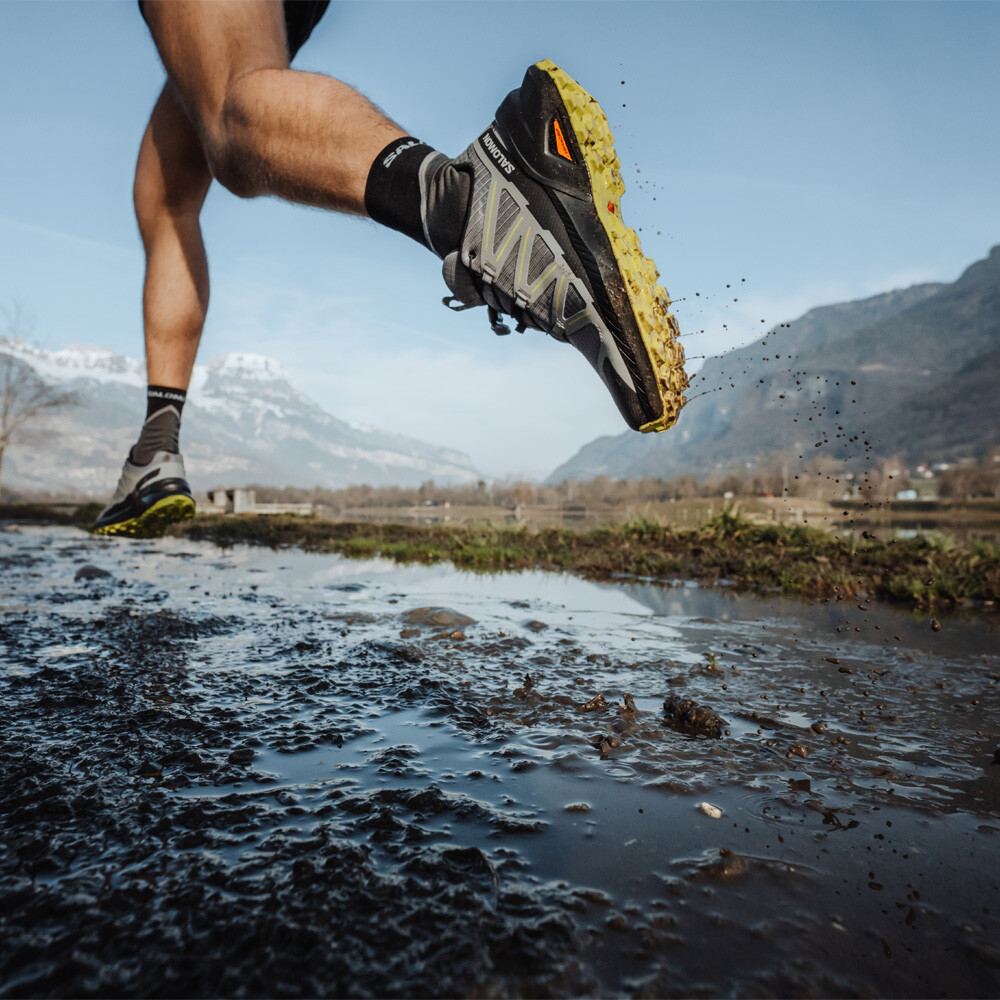
Brand Reputation and Customer Reviews
Not all hiking running shoes are created equal, so it’s important to consider brand reputation when making your choice. Research trusted brands known for high-quality outdoor footwear. Brands with a strong following often have proven track records of producing reliable and effective hiking shoes that cater to various terrain requirements.
Reading customer reviews is equally valuable; first-hand experiences can provide insights into how comfortable, durable, and effective the shoes truly are. Pay attention to feedback about comfort, durability, and performance to better inform your decision-making process. This collective feedback can guide you toward finding a pair that meets your needs and ensures your safety and comfort on the trail.
In conclusion, selecting the right hiking running shoes involves a careful evaluation of various features critical for enhancing your outdoor experiences. Comfort, traction, weight, cushioning, and breathability are vital components that should fit well with your individual hiking style. Don’t forget the importance of durability, flexibility, support, and personal aesthetics. Ultimately, choose a pair that meets your hiking needs, fits your budget, and inspires excitement for your next outdoor adventure. With the right footwear, you can fully enjoy each step and appreciate the beauty of nature while embarking on your hiking journeys.
